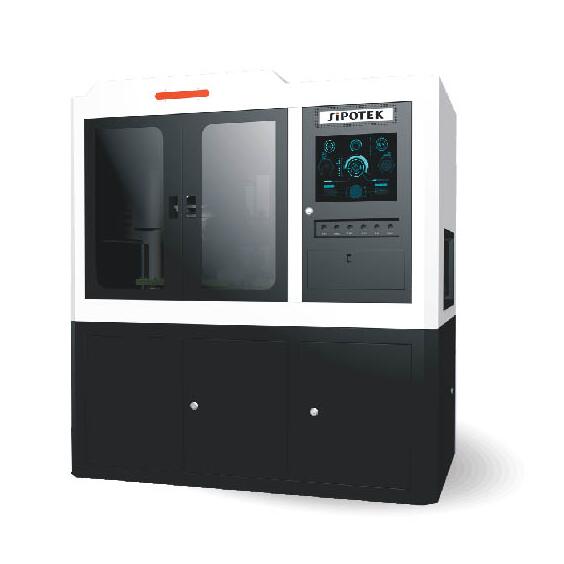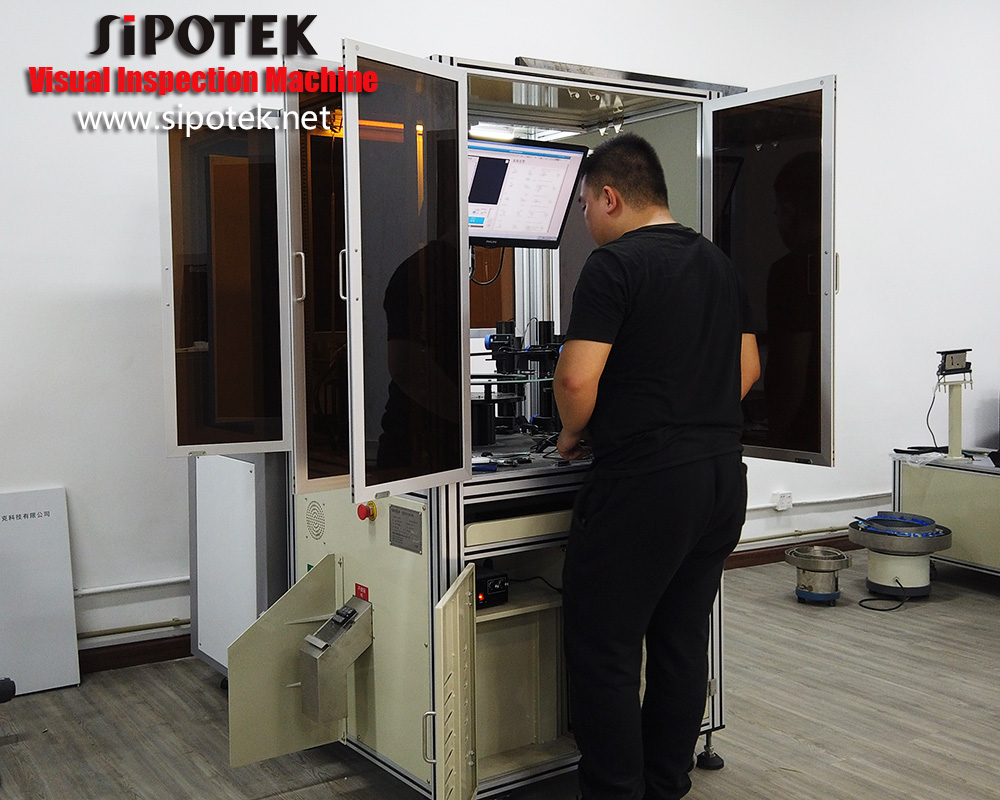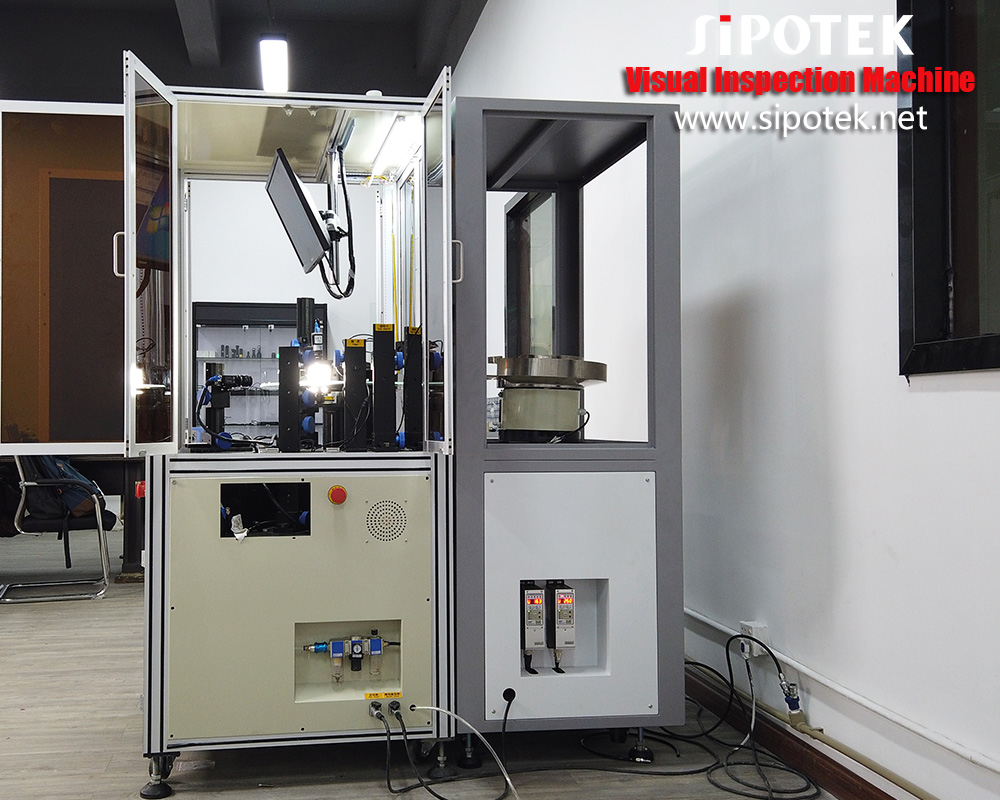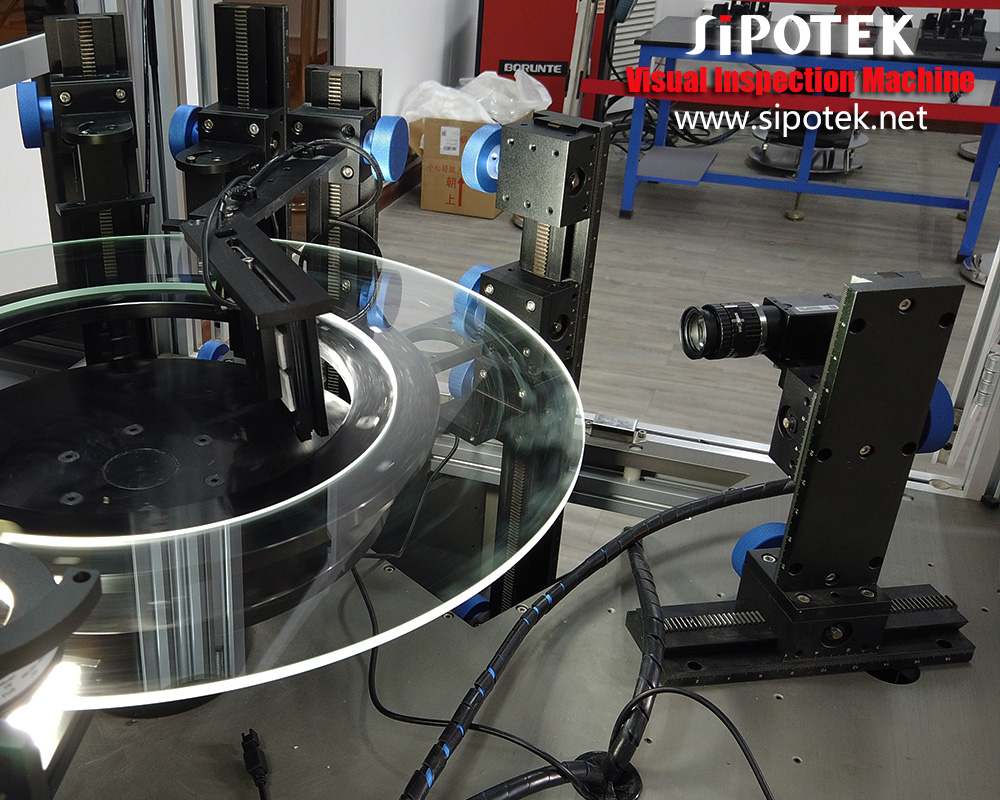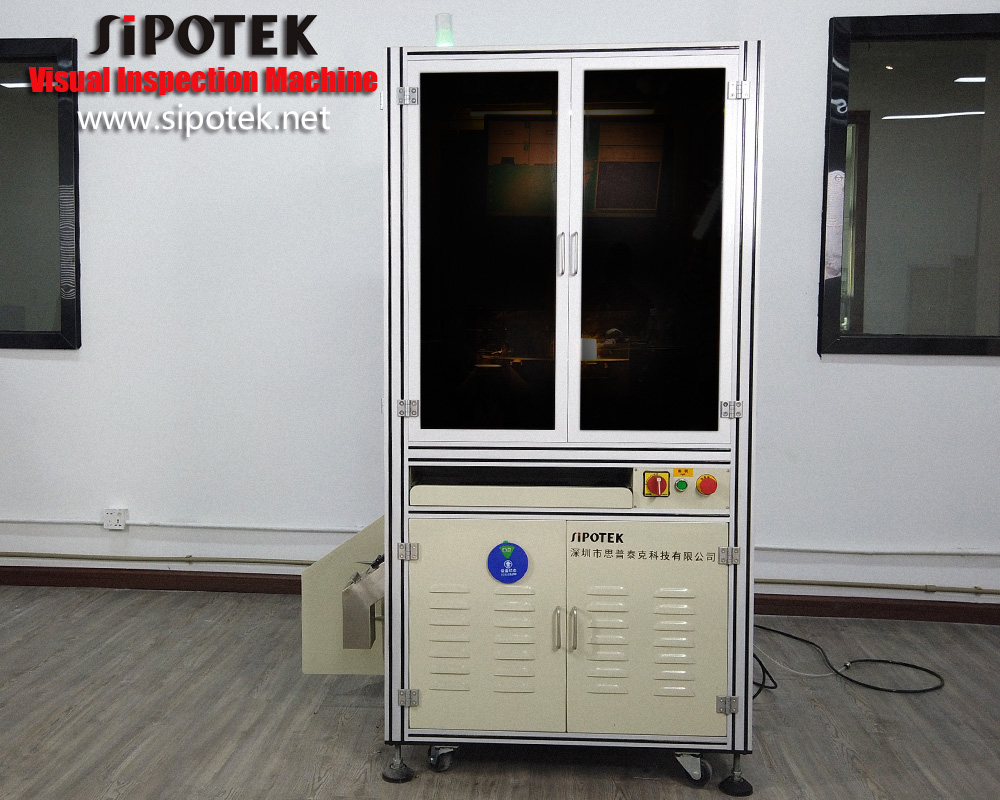Researchers began developing computer-enabled vision technologies as early as the 1950s, beginning with simple two-dimensional imaging for statistical pattern recognition. It wasn’t until
1978, when researchers at the MIT AI Lab developed a bottom-up approach to extrapolating 3D models from 2D computer-created “sketches” that CV’s practical applications became obvious. Image recognition technologies have splintered into different categories by general use case since then.
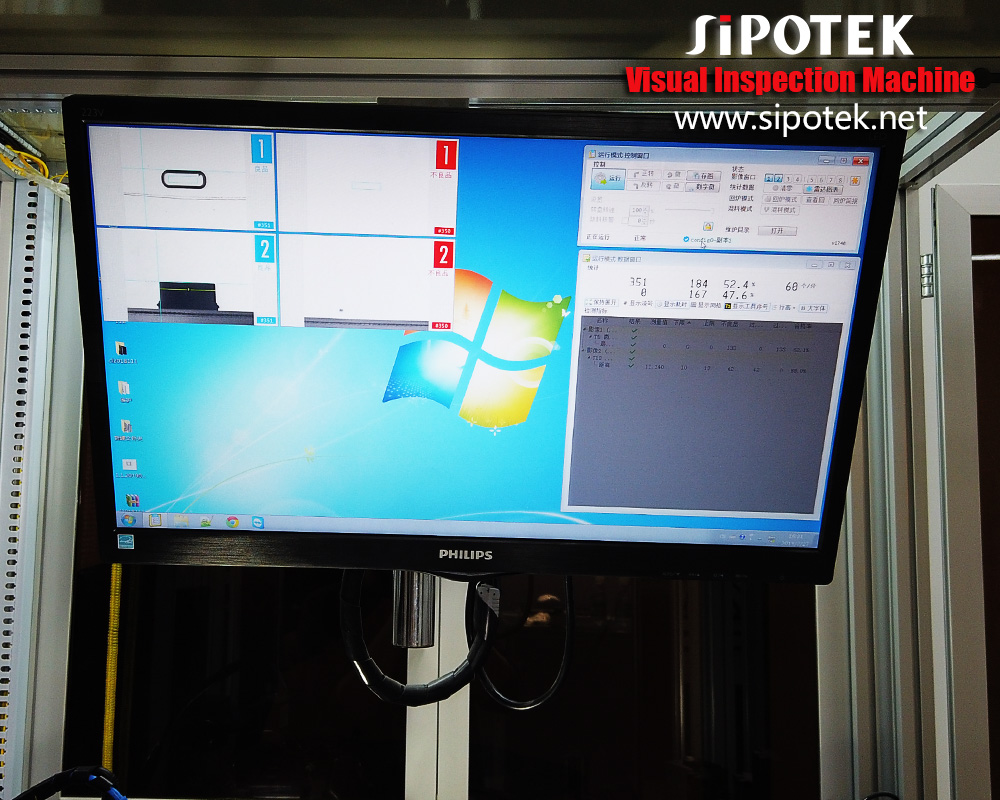
Both computer vision and machine vision use image capture and analysis to perform tasks with speed and accuracy human eyes can’t match. With this in mind, it’s probably more productive to describe these closely related technologies by their commonalities—distinguishing them by their specific use cases rather than their differences.
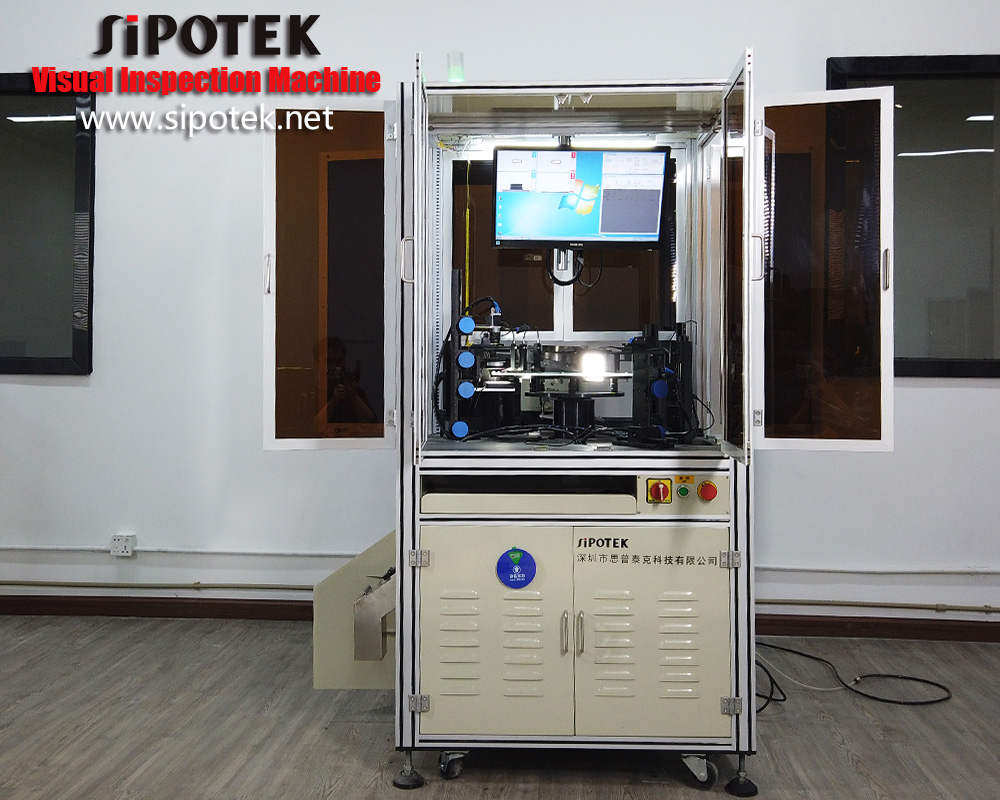
Computer vision and machine vision systems share most of the same components and requirements:
An imaging device containing an image sensor and a lens
An image capture board or frame grabber may be used (in some digital cameras that use a modern interface, a frame grabber is not required)
Application-appropriate lighting
Software that processes the images via a computer or an internal system, as in many “smart” cameras
So what’s the actual difference? Computer vision refers to automation of the capture and processing of images, with an emphasis on image analysis. In other words, CV’s goal is not only to see, but also to process and provide useful results based on the observation. Machine vision refers to the use of computer vision in industrial environments, making it a subcategory of computer vision.
Computer vision in action
In 2019, computer vision is playing a growing role in many industries. In digital marketing, companies are beginning to use image recognition technologies to drive better ad placement and business outcomes. Thanks to the growing accuracy and efficiency of CV technologies, marketers can now bypass traditional demographic research (which can be problematic in light of data privacy concerns) and quickly and accurately comb through millions of online images. They can then place targeted marketing in the right context, in a fraction of the time it would take for a human to achieve the same result.
Additionally, a recent study shows that 59% of marketing agencies employing computer vision are using it to detect unsafe brand content online. There’s nothing like finding your client’s ad for an artisanal meat delivery service placed next to an article about an e-coli outbreak, right? Other trending use cases for CV showcased at the 2019 Consumer Electronics Summit (CES) included a wide range of autonomous vehicle applications, security and safety enablement, and more.
Machine vision and the smart factory
The ability to visually identify issues like product defects and process inefficiencies is critical for manufacturers to constrain costs and driving high customer satisfaction. Since the ‘90s, machine vision systems have been installed in thousands of factories worldwide, where they are used to automate many essential QA and efficiency functions. With enhanced data-sharing capabilities and improved accuracy powered by innovative cloud technologies, the use of MV-driven systems in manufacturing has begun to accelerate. In North America in 2017, the sales of machine vision and robotic systems and components had a best-ever year, as financial transactions grew 14.6% over the previous year to $2.633 billion. Manufacturers are realizing that machine vision systems are an essential investment for meeting goals around quality, cost, and speed.
About Shenzhen Sipotek Technology Co., Ltd
Started in 2002, Sipotek Technology is located in Shenzhen in China. The company designs and manufactures visual inspection systems with its avant-garde R&D department and a great experience in artificial vision technologies. Sipotek is a professional machine vision inspection system manufacturer from china.The Sipotek Technology staff supports customers 360 degrees automatd optical inspection(AOI), from listening to their requests to the development of ambitious machines for quality control.

For Media Inquiries:
Contact Person: James Yuan
Company: Shenzhen Sipotek Technology Co., Ltd
Tel: 86-755-36994123
Email: [email protected]
Website: http://www.sipotek.net/




